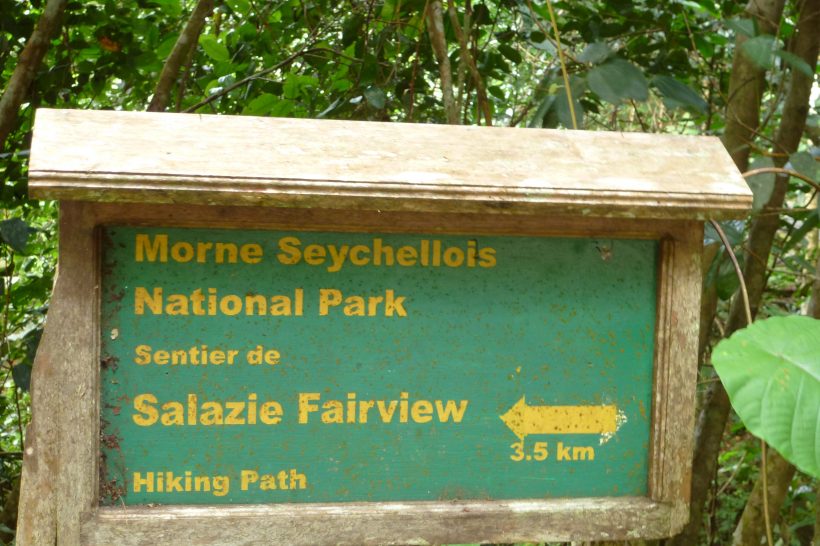The Seychelles consist of over 100 islands of granitic and coralline origin with a total land area of 455 km2 and a coastal length of 151 km. Corel reefs surround the granitic islands. The coral islands are rich in marine life, and due to their size and homogeneity are considered part of the coastal zone. Tourism and fishing are the main industries, with light manufacturing and service sectors also contributing to the economy. Tourism employs 40% of the work force and provides the population with 60% of foreign currency. The country’s tourism industry and socio-economic development mainly depends on its environment, more specifically its unique biodiversity and its high landscape value. The needs to extend Protected Areas and to strengthen the Protected Areas System is stressed in the 2013 PA Policy. The Protected Area Finance project aims at securing the financing of PA.
The project is organised into two components. The first component is focused on enabling planning and the legal framework for an improved use of existing and new PA finance. This component will support GoS, SNPA and other entities managing PAs in evaluating the financial performance of the PA System (PAS), determining financial gaps and identifying opportunities for improving overall functionality of both the current and the proposed expanded PA estate. It focuses on the delivery side of the conservation equation. Under this component GEF funding will be used to develop a national PAS Investment Plan and site-level PA Financing Plans. GEF resources will also be used in this component to strengthen the financial management capacities of the national PA managing entities in order to reduce cost-inefficiencies, improve revenues and develop mechanisms for revenue-sharing.
The second component of the project is focused on increasing and securing revenue generation for PA management. The project will improve the financial sustainability of the PAS and the individual PAs to ensure that they have adequate financial resources to cover the full costs of their management. In this component, GEF resources will be used, among others, to support the rehabilitation of certain PAs or the expansion of new PAs.
The project will be implemented over a period of five years. The total cost of investment in the project is estimated at 14,926,900 USD, of which 2,776,900 USD constitutes grant funding from GEF and 12,050,000 comprises co-financing.

